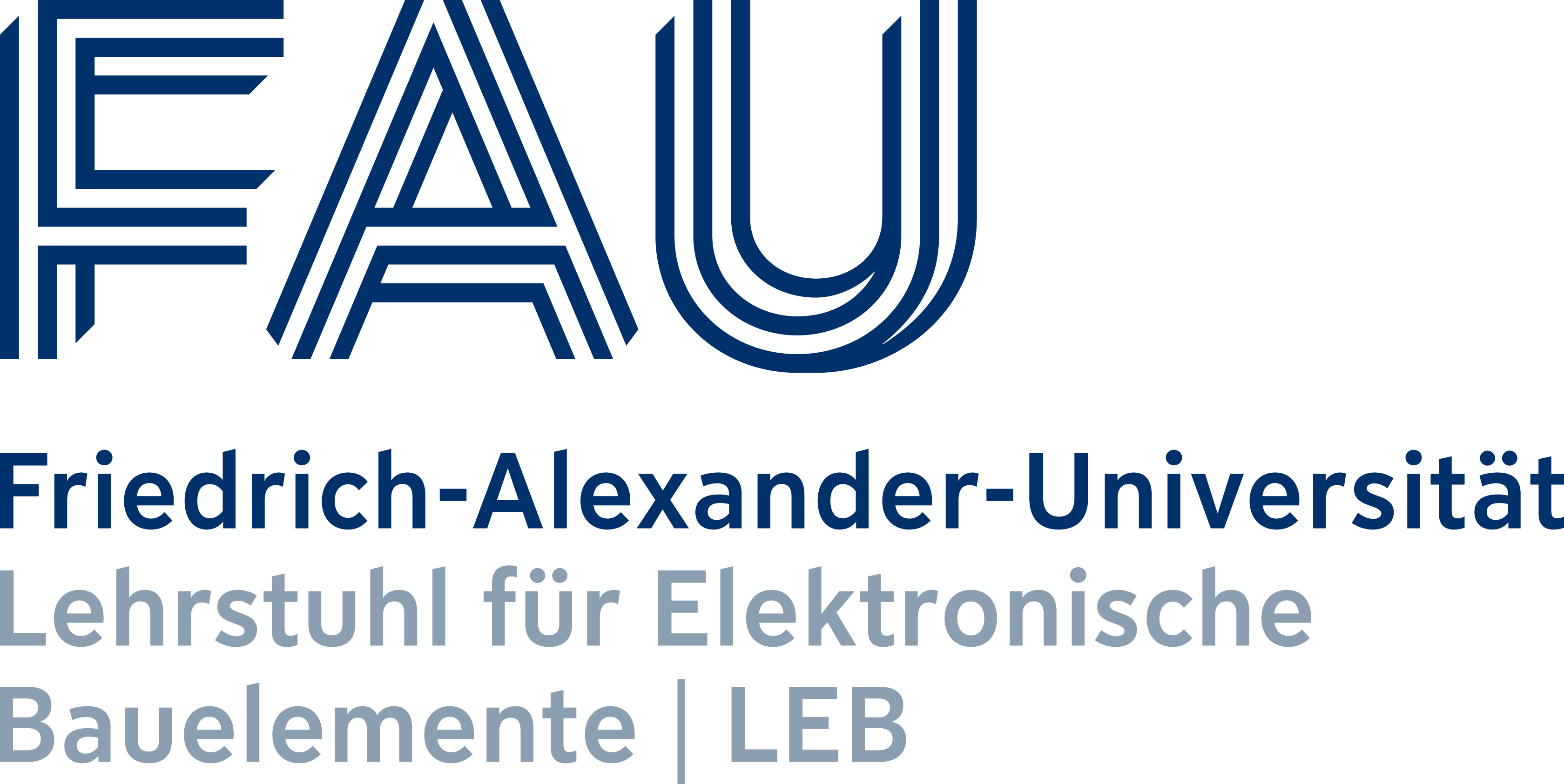2016
Dissertationen aus dem Jahr 2016
| Name | Thema / Titel |
|---|
| S. Noll |
Prozessabhängigkeit der Feldeffektbeweglichkeit und Stabilität der Einsatzspannung von 4H-SiC MOS TransistorenDatum der Promotion: 12.10.2016
|
| D. Xu |
Inverse Image Modeling for Defect Detection and Optical System CharacterizationDatum der Promotion: 05.10.2016 In general, mask inspection and defect detection are performed by capturing the images of photomasks and by image processing. Presently used metrology equipments and computational techniques provide excellent performance for current integrated circuit (IC) fabrications. However, due to the shrinkage of the minimum acceptable defect size with respect to lithographic critical dimensions, and multilayer defects introduced by the usage of extreme ultraviolet (EUV) lithography, mask inspection and defect detection are becoming more critical. Reconstructing the defect geometries from projection images of photomaks and to understand the printability of defects are very important. However, there is no analytical solution for this kind of inverse reconstruction problem. This thesis proposes new approaches for the reconstruction of defect properties and geometry parameters from measured images of defective and defect-free masks for deep ultraviolet (DUV) and EUV lithography. In this thesis, a new defect reconstruction procedure for absorber defects on DUV photomasks from projection images is investigated and proposed. Firstly, the possibility of detecting and characterizing a defect with a known shape from the intensity distributions of projection images of the mask at different focus positions is investigated, the dependencies of the retrieval results on optimizers, illumination settings, defect sizes, and reference images are presented. The evaluation of the performance of the technique is done by comparing the retrieval errors resulting from different defect shapes, mask patterns, and types of noise. Moreover, the sensitivity of the defect detection to Zernike aberrations of the optical image projection system and the retrieval accuracy for different mask models and types of defects are investigated. Considering the actual situation that the defect shape is unknown, the technique is extended to reconstruct sparsely distributed absorber defects inside a known mask layout. The basic idea of compressed sensing is employed in the setup of the proposed algorithm. The footprint of the defect, which is the measured or simulated difference between images of masks with and without defects, is used to reconstruct the position, shape, and transmission of defects. The dependency of the reconstruction results on defect sizes and types of defects, as well as the sensitivity of the technique to noise are investigated. Another important and originative defect reconstruction technique of the thesis is to characterize multilayer defects on EUV masks from EUV projection images at different focus positions. Multilayer defects change the phase of the reflected light, details of the phase information of the reflected light in the vicinity of the defect have an important impact on the printing behavior of the defect. To retrieve the phase distribution of the defect, the transport-of-intensity equation (TIE) is applied in the thesis. The defect-induced intensity and phase modifications and their dependency from defect geometry parameters are analyzed by several selected optical properties of multilayer defects, including the minima and width of the intensity and phase distribution, and the central intensity value. To reconstruct the defect geometry parameters from the intensity and phase of a defect, a principal component analysis (PCA) is employed to parameterize the intensity and phase distributions into principal component coefficients. In order to construct the base functions of the PCA, a combination of a reference multilayer defect and appropriate pupil filters is introduced to obtain the designed sets of intensity and phase distributions. Finally, an artificial neural network (ANN) is applied to correlate the principal component coefficients of the intensity and the phase of the defect with the defect geometry parameters and to reconstruct the unknown defect geometry parameters. The performance of the proposed approach is evaluated both for mask blank defects and for defects in the vicinity of an absorber pattern. |
| A. Salinaro |
Charakterisierung und Entwicklung der 4H-SiC/SiO2 Grenzfläche für Leistungs-MOSFET AnwendungenDatum der Promotion: 13.05.2016 |
| T. Hilden |
Technologievergleich und Nutzenbewertung zwischen Silizium-und Siliziumkarbidleistungshalbleitern durch versuchsgestützte Simulation am Beispiel hartschaltender DC/DC-Wandler für LuftfahrtanwendungenDatum der Promotion: 04.05.2016 |
| C. Banzhaf |
Entwicklung und Charakterisierung von Trench-Gate-Strukturen für 4H-SiC Leistungs-MOSFETsDatum der Promotion: 22.02.2016 |
| S. Polster |
Nanopartikuläre ZnO-Schichten für DünnschichttransistorenDatum der Promotion: 18.01.2016 |
